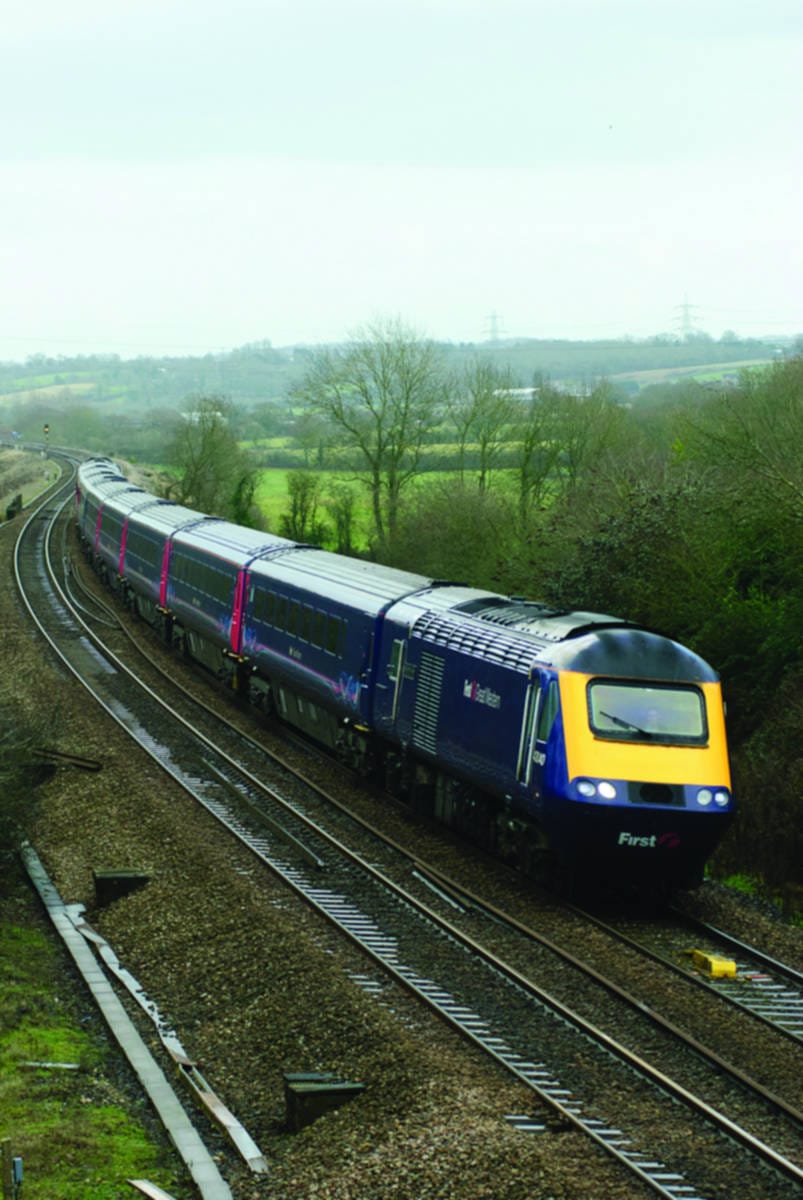Why drive?
Samuel Furse turns his back on four-wheeled transport (except for taxis)

I have yet to take helicopter gunships seriously. Whenever I hear about them—which has been regularly since the business in Libya kicked off—I immediately think they are referring to something out of science fiction, or at least Bucky O’Hare.
As you might imagine, this is a far cry from commuting on the 0702 from Paddington to Didcot. The absence of guns, bombs and Kate Adie alerted me to this quite early on, and Paddington station was the poorer for it I imagine. What I was equally unaware of was any alternative transport to work. If there were no fast trains, as happened occasionally, I would get a slow one. It would be annoying and take nearly twice as long.
I moved to London ten years ago and had never really used the tube before then. I had used trains a bit, I went to school in the arse-edge of Kent and so in order to go anywhere interesting or see anyone who did not live there, I needed a train. If I did not want to be accompanied by my parents that is. I was quite tempted to start driving at age 17. I got a provisional licence, and was keen to start driving. Perhaps wisely, my parents would not let me drive their cars (no idea why) and a year or so later I came to London to go to University anyway, and never needed to drive. Relations who live in the country have since told me with a punishing regularity how important it will be to me if ever I leave London. And they are probably right. And now that I have a PhD and am over 25 my insurance premiums will be less than they once were (apparently Drs get a discount. Clearly they have not seen my friends from ICSM on a night out). And I live somewhere where there is off-street parking, so not only would the insurance for that be cheaper but the inconvenience of it being broken in to or nicked would be somewhat reduced.
So, there was no longer anything to stop me. The expectation was that as soon as my PhD was over and I got a decently-paying job I would get a car. I might have to save a bit, I cannot fit into a Smart car even if I really wanted to and a g-wiz looks to me like a self-opening sardine tin that will not survive an altercation with a cyclist, let alone anything else. A nice little Volvo or something would work though, I thought. So, only a matter of time.
In the mean time I was offered lifts for things. Clearly the expected standard of my conversation outweighed the palpable decrease in fuel economy that resulted from carting me around and outside the capital. I was never sure whether this balance for my host ever came off, but I never noticed a problem. What I did notice was how long journeys took.
A few times I was driven from North London (near Enfield) to West London (near Maida Vale). The route took the M25 and took no longer than any other as far as I could see. But it consistently took comfortably more than an hour and a half. Sometimes two hours. The Piccadilly line from Oakwood, changing at Piccadilly Circus and the Bakerloo line to Maida Vale would take an hour at most, in fact it can be done in 47 minutes according to the TFL website. If you are a Londoner, you may scoff at TFL’s estimates of journey times; rather like getting speeding points if you are driving an old mini in a 50 miles an hour speed limit zone, they are more something to aspire to than to expect. However, more than occasionally they do turn out to be true (TFL estimates that is, not furious Clarksons in dated small cars breaking the speed limit). I thought little of it after that – just a quirk of those roads or whatever.
But more recently (last year) I was offered a regular lift to my weekly riding lesson in Surrey. The plan was for a pick-up just near Vauxhall and a drive down through a combination of motorways, A roads and country lanes. It seemed a sensible route. I never really went to check this route but reasoning that the driver herself did not want to spend more time in traffic than she had to, and basing it on the pace of car journeys driven by my parents and so on, it all seemed normal. There was a week when my regular lift was not there though. I had taken myself to Vauxhall, which was always slightly inconvenient but doable, but she did not turn up. Ten minutes or so later we exchanged texts to the effect that she was ill and not coming. Oh well, I will get the train, I thought. So, I got the tube to Victoria and got the train down, got a cab at the other end and made it to the yard in rather less time than it would have taken for the car journey over all. I also got the cab-and-train combination on the way back. I did not analyse this at the time, but later realised that if getting the train took half the time and half the fuss, and half the cost (no tube journey to Vauxhall) meant there was little competition between the two. Also, the giver of said lifts and I ran out of things to say to one another rather rapidly and so a change was welcome on those grounds too.
Most recently, I was offered an interview for a job in Exeter. At the time of writing I have yet to make the journey, but looking up the trains, it seems that the railway journey will take 2h24’ from Paddington. Add half an hour for me to get to Paddington and what I am assured is a ten minutes walk from St David’s station at the other end and we have a round three hours for the journey. The AA route planner judges the best road route to be along the M4, loop around Bristol and then take the M5 down to Exeter. Another sensible-sounding route. Doubtless the M3 to Southampton and then a sojourn along the south coast would be a pleasing path, but I did ask for the quickest one and clearly that is not it. The quickest route by road appears to be 3h32’, a full half an hour longer than the railway one. Not accounting for lavatory stops and the tractor in front of you of course. This journey does also rely upon an average speed of 54 mph. Yeah right.
With these examples, one may wonder how the car has ever been useful. And clearly it has been and still is. Although train journeys are increasing in number—the tube now carries 1,000 million journeys every year, which it did not ten years ago—so are the number of cars on the road. However, cars are also coming under increasing fire for their environmental impact. I am not sure what impact this aspect has for many 17 years olds who are talking their driving test but something one would expect them to say would be that driving will give them a freedom to travel. This freedom is not free though, as we know from a back-of-an-envelope calculation of the cost of running a car for a teenage male who has just passed his test. More flexibility than freedom, perhaps.
You may have noticed earlier I sneaked in that I had used a cab on some journeys and that said journey was much quicker than a car alone would have been. Clearly I would be disqualified had this been a Top Gear challenge, but it was not. What the cab did do though, was save me from needing to walk. That part of the journey would have taken me 40 minutes rather than the 10 it took in a cab. And perhaps that is the point: cars are quick if they prevent one from needing to walk, but they are slow when compared to railway travel. And slow up against railway travel in Britain?! That is a poor showing.
Just imagine when the slow but sure improvement in railway infrastructure means fast trains over all of the main lines in Britain. It will leave the car standing.










